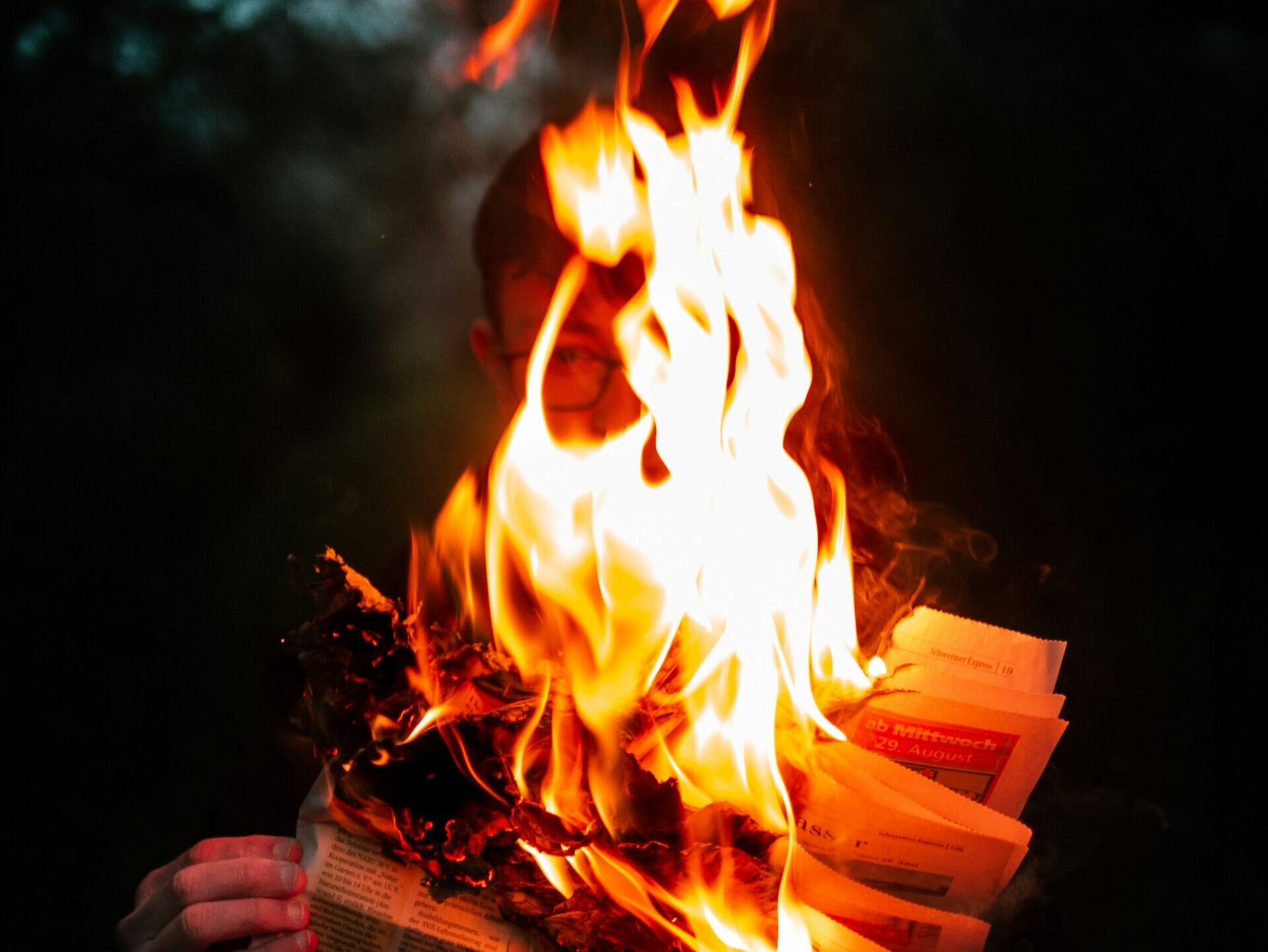- Log in to your ChatGPT account and start a new conversation.
- Type a command like “Generate an image of…” followed by your description.
- ChatGPT will process your request and create an image based on your prompt.
- Once generated, the image will appear in the chat, and you’ll have the option to download it by pressing the download button at the top right of the image.
It’s as simple as that.
Crafting the perfect prompt
We call the command you give the AI a prompt. In this case, a prompt is simply a text description of the image you want to create. It can be as brief as “a red apple” or as detailed as a paragraph describing every aspect of a complex scene.
The key to generating impressive images with ChatGPT lies in your initial prompt. The more specific and descriptive your prompt, the better the AI can understand and create the image you envision.
Here’s how to craft an effective prompt with examples that actually work:
- Be incredibly specific: Provide detailed descriptions of subjects, settings, and elements in the scene. For example: “A majestic Maine Coon cat with long, fluffy fur in shades of orange and brown, sitting regally on a velvet cushion. The cat’s piercing green eyes are focused directly on the viewer.”
- Describe style and medium: Specify the art styles or mediums you want the image to emulate. For instance: “Create a hyper-realistic digital painting” or “Generate an atmospheric, film noir-inspired scene.”
- Set the mood and atmosphere: Use descriptive language to convey the overall feeling or emotion of the image: “The overall mood should be mysterious and slightly ominous, with a color palette dominated by deep blacks, grays, and a hint of sepia.”
- Include technical specifications: Mention desired dimensions, resolution, or aspect ratio: “Use a cinematic aspect ratio of 21:9 and aim for 4K resolution (3840×2160 pixels).”
- Detail lighting and color: Describe the lighting conditions and color scheme: “Soft, warm lighting from a nearby window illuminates the scene, casting gentle shadows. The sky should be a gradient of deep purples and oranges.”
- Add post-processing effects: If desired, specify any additional effects or filters: “Apply a slight film grain effect and a subtle vignette to give the image a vintage photography feel.”
- Combine elements for complex scenes: For more elaborate images, blend multiple elements: “A futuristic cityscape at twilight, featuring towering skyscrapers with organic, curved shapes. Flying vehicles weave between the buildings, leaving trails of light. Two moons are visible in the sky.” With this, unlimited designs in all manner of styles are at your fingertips.
Using GPTs for enhanced image generation
While ChatGPT’s built-in image generation is powerful, you can access additional capabilities through specific GPTs. These custom versions of ChatGPT, created by ChatGPT users and third parties, often offer unique features or integrate with different image generation models.
To explore these options:
- Visit https://chatgpt.com/gpts
- Search for “image” or specific image generation terms
- Experiment with different GPTs to find ones that suit your needs
For instance, one of the most popular GPTs is Photo Realistic Image GPT, with over 700,000 active users. The prompts that you give this GPT aren’t sent to DALL-E 3 but are instead sent to an external site and processed with Stable Diffusion, another image generation tool. This produces different results from using DALL-E 3, and in this case, typically makes for more photorealistic images.
While these GPTs may offer enhanced capabilities, they also have their own usage limitations or requirements. Be aware that your prompts are being sent to a third-party site, so don’t post any personally identifiable information.







